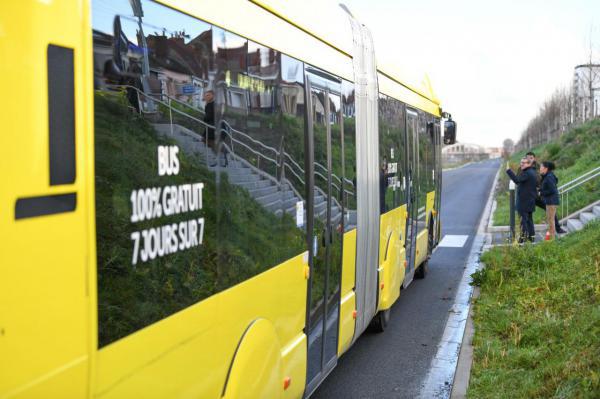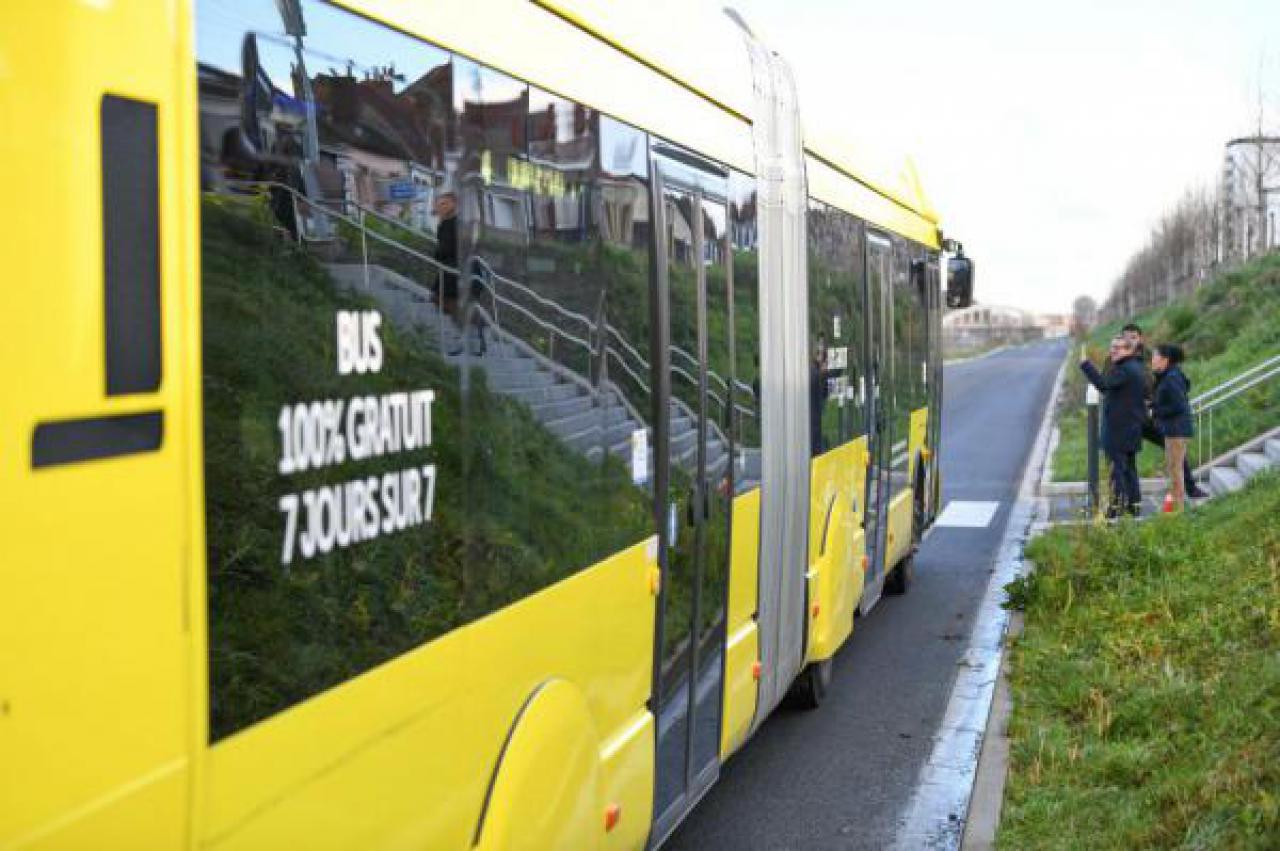Dunkirk: effects of entirely free-of-charge access - September 2019

The VIGS association conducted a second phase of study devoted to free access in the Dunkirk conurbation. This time, the researchers scrutinized the effects of a policy of entirely free access coupled with a significantly improved provision of transport. It is indeed a new bus network, more efficient and involving Chrono lines with a high level of service, launched on 1 September 2018 with the aim of responding effectively to the influx of passengers generated by the entirely free-of-charge service introduced at that time.
Free of charge, a trigger to change habits
In the core of this year-long study, the final results of which were made available in September 2019 in a 250-page report, much can be found about the issue of new users of the free buses and the modal shift: cars appear to be the mode of transport abandoned the most in favor of buses.
New mobility practices are an important part of the researchers' investigations, who note that free travel acts as a powerful symbolic trigger, capable of arousing the desire to try out taking the bus among residents who had never taken it in their lives. While the new free network appeals to executives, it also plays an important social role: it provides the freedom to get around to the less fortunate residents. Free access is asserting itself as an effective social policy, allowing young people to gain autonomy and older people to maintain social ties. More broadly, the image of taking the bus and the image of the entire area benefit from free travel.
Methodology
The methodology of the study is mainly based on qualitative tools – a hundred semi-structured interviews with drivers, technicians, users, and field observations – supplemented by distributing 2,000 questionnaires to bus users. The qualitative approach allows an in-depth analysis of the different profiles of residents, users, and non-users of public transport, and the effects that a new entirely free transport network imply in regard to their mobility and lifestyles. It also makes it possible to understand the psychological and symbolic mechanisms at the origin of changes – or on the contrary inertia – of mobility behaviors in a context where there is the option to travel free of charge on an urban network. Finally, it makes it possible to identify the obstacles to mobility and the use of public transport that continue to exist, and which fare-free public transport does not address.
